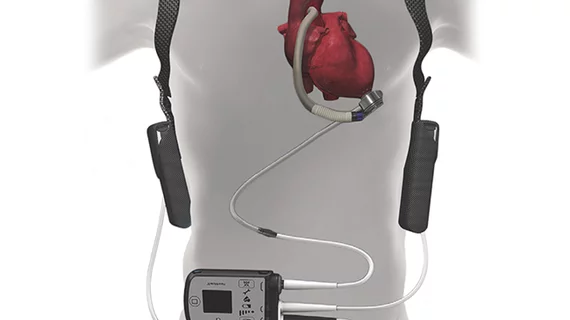Medicare update designed to help heart failure patients may have the opposite effect
When Medicare updated its policy on left ventricular assist devices (LVADs) in 2020, making it easier for heart failure patients to receive an LVAD at a health center that does not perform heart transplants, the change was designed to improve patient access and boost outcomes. However, new research published in JAMA Network Open suggests shift may have potentially caused patients to miss out on heart transplants they would have otherwise received.[1]
Researchers from Michigan Medicine at the University of Michigan in Ann Arbor explored this subject at length, noting that many patients often receive LVADs as a bridge to an eventual transplant.
The group examined data from more than 22,000 heart failure patients who received an LVAD from April 2012 to June 2020. The median patient age was 59 years old, and 78.4% of patients were men. While 14.2% of patients received their LVAD at an LVAD-only center that does not perform heart transplants; the rest of the patients received their LVAD at a center that does perform heart transplants.
Overall, the authors found that patients who received their LVAD at an LVAD/transplant center were 79% more likely to receive a “bridge-to-transplant” designation. The two-year heart transplant rate after LVAD implantation was 25.6% for patients treated at LVAD/transplant centers and 11.9% for patients treated at LVAD-only centers.
“Our study shows that this disparity existed before the policy change, and we think it will likely grow larger now that there is less collaboration,” lead author Thomas M. Cascino, MD, MSc, a cardiologist with the University of Michigan Health Frankel Cardiovascular Center, said in a prepared statement. “Being cared for at a center that does not perform heart transplant should not result in a lesser chance to receive a heart transplant.”
The authors did note that their work had certain limitations. It was observational in design, for instance, and they only explored two-year outcomes, not any longer-term differences between the two center types.

